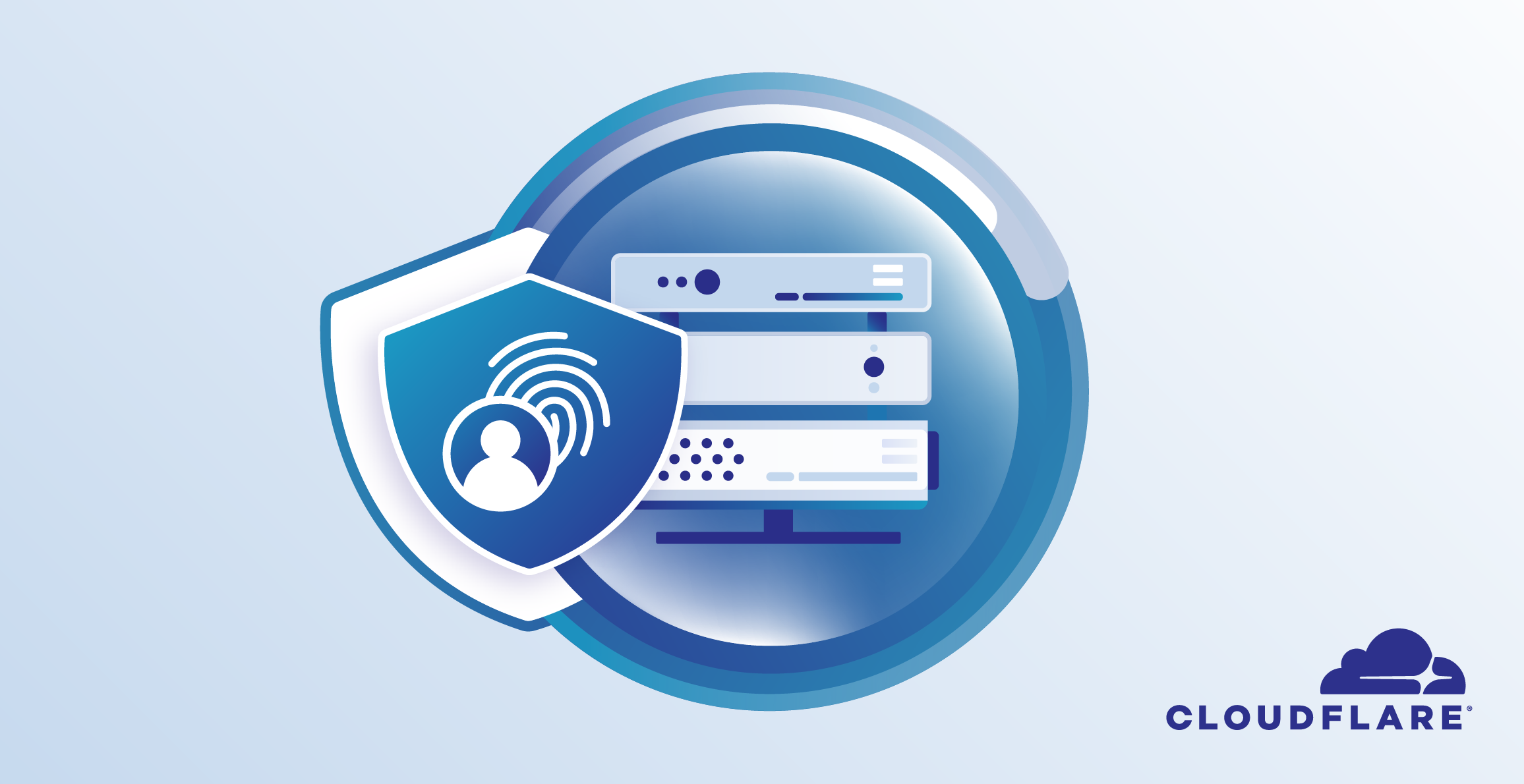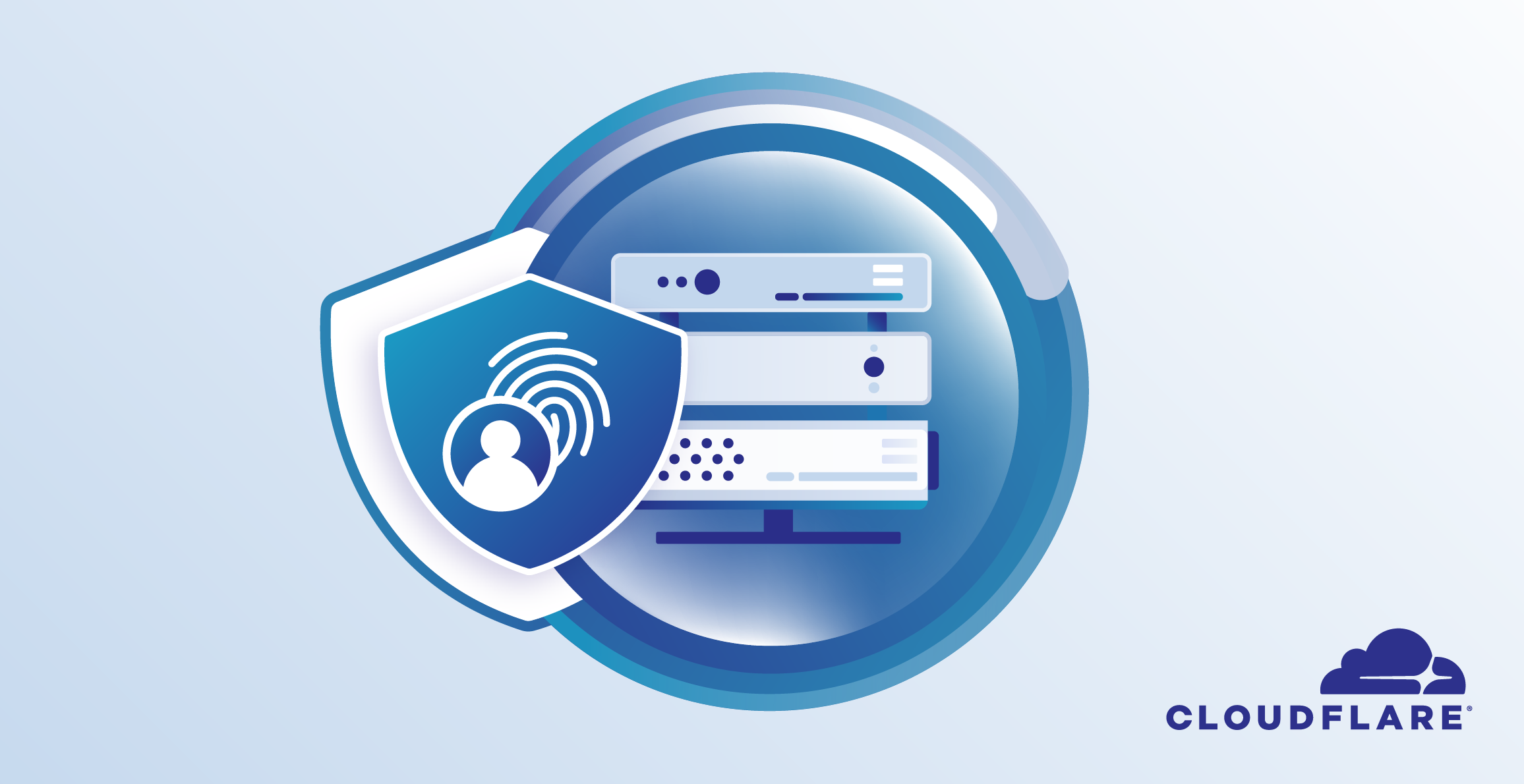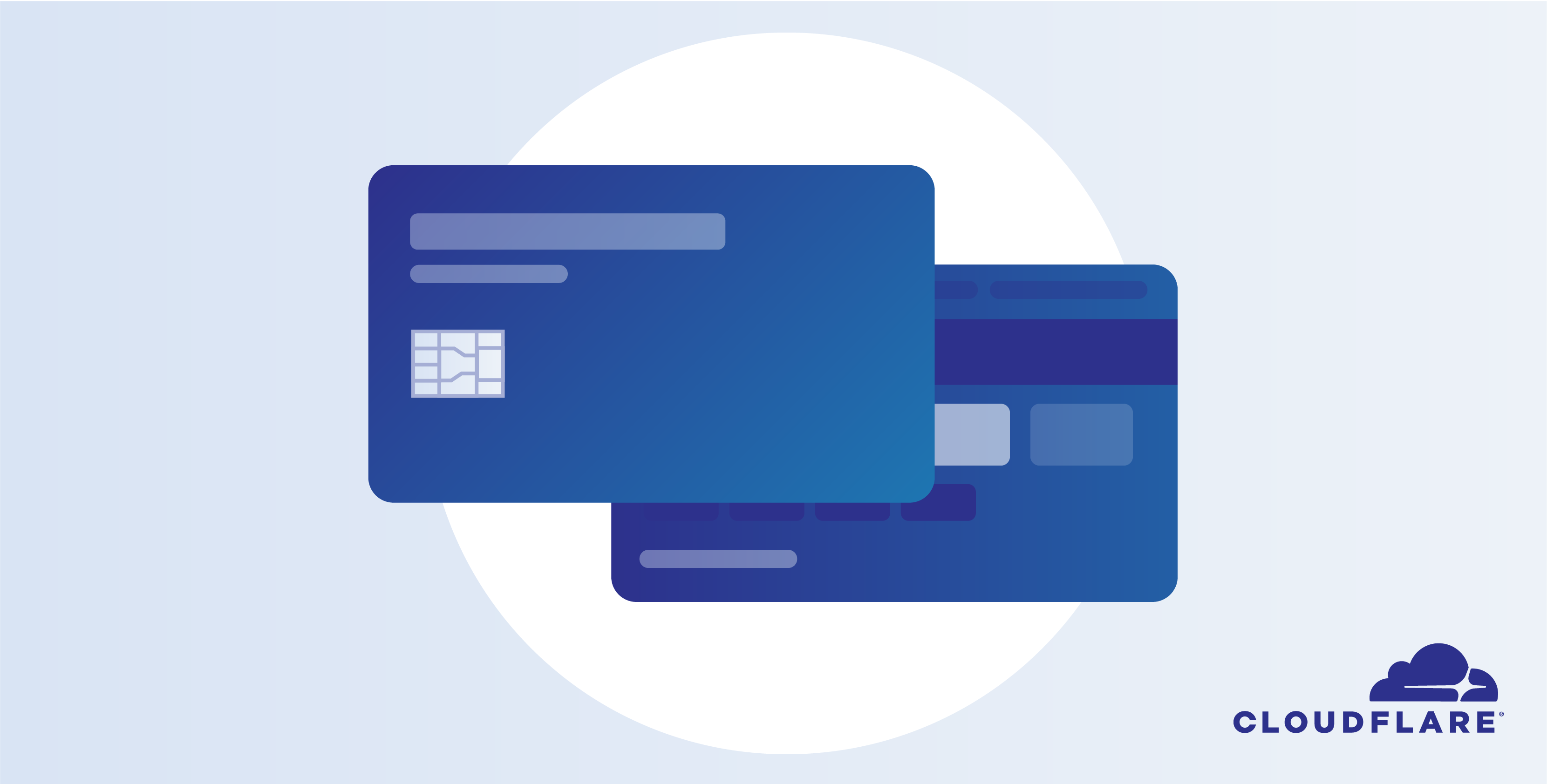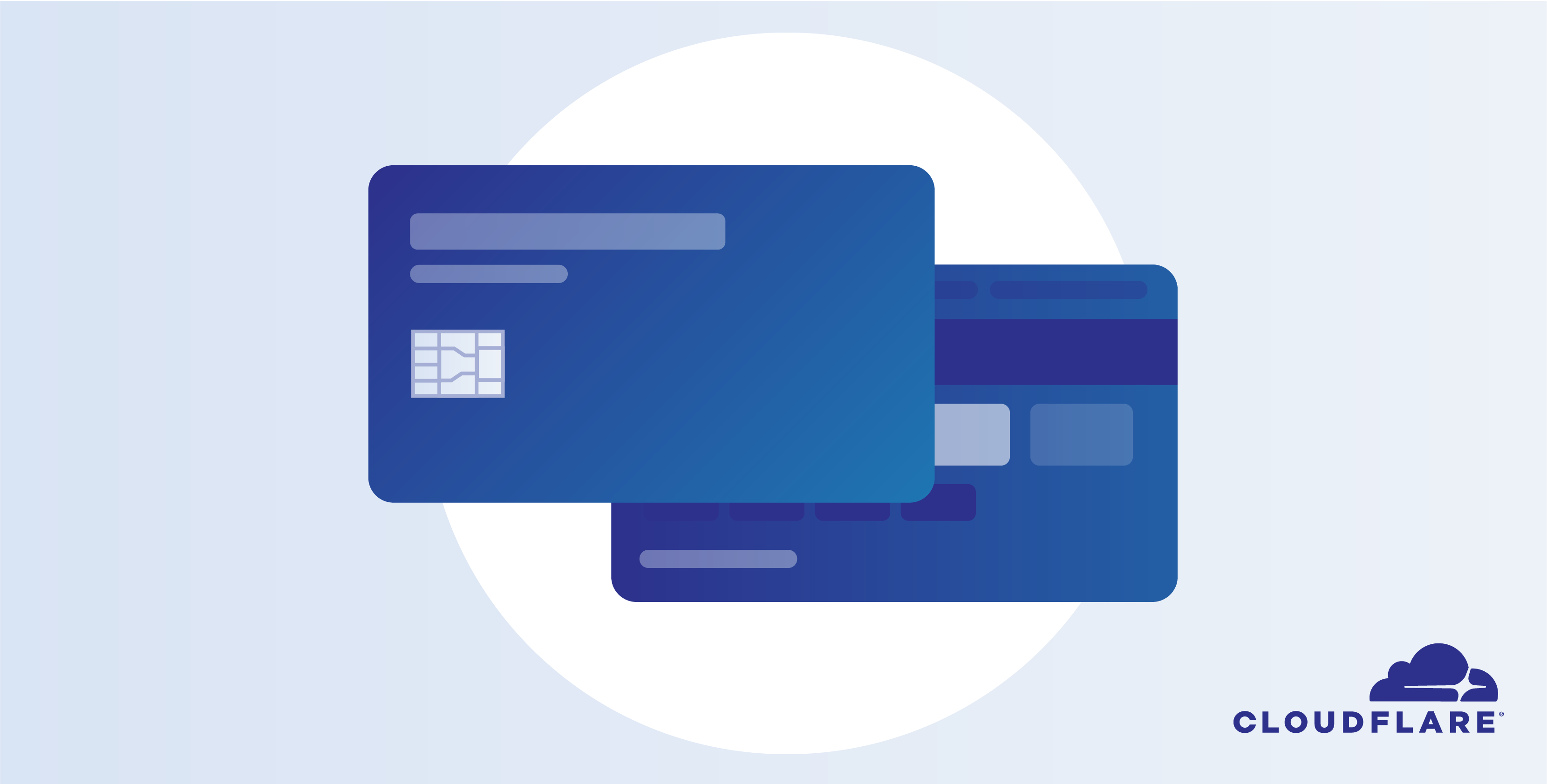Migrating from VPN to Access


With so many people at Cloudflare now working remotely, it's worth stepping back and looking at the systems we use to get work done and how we protect them. Over the years we've migrated from a traditional "put it behind the VPN!" company to a modern zero-trust architecture. Cloudflare hasn’t completed its journey yet, but we're pretty darn close. Our general strategy: protect every internal app we can with Access (our zero-trust access proxy), and simultaneously beef up our VPN’s security with Spectrum (a product allowing the proxying of arbitrary TCP and UDP traffic, protecting it from DDoS).
Before Access, we had many services behind VPN (Cisco ASA running AnyConnect) to enforce strict authentication and authorization. But VPN always felt clunky: it's difficult to set up, maintain (securely), and scale on the server side. Each new employee we onboarded needed to learn how to configure their client. But migration takes time and involves many different teams. While we migrated services one by one, we focused on the high priority services first and worked our way down. Until the last service is moved to Access, we still maintain our VPN, keeping it protected with Spectrum.
Some of our services didn't Continue reading
Daily Roundup: VMware Pulls FY21 Forecast
VMware withdrew FY21 guidance citing coronavirus concerns; Kubernetes 1.18 ramped up Windows...
Amazon, Microsoft Dethroned in China’s Public Cloud Market
In China’s case, being bigger than the rest plays to its advantage in positioning three Chinese...
Security Experts Battle Hackers, COVID-19 Cyberattacks
Threat researchers at Microsoft, ClearSky, and Okta are among the hundreds of security experts...
Chipmakers Prep for Pandemic Threat on Supply Chain
As chipmakers scramble to limit the effect of COVID-19 on supply chains, IDC analysts reported an...
Member News: Ethiopia Launches Internet Society Chapter

Ready, set, launch: An Internet Society Chapter launched recently in Ethiopia, with a goal of advocating for the development and expansion of open, secure, trustworthy, and affordable Internet access to everyone in the country. The idea of starting an Internet Society Chapter came from a workshop, “where we became conscious of the fact that more than 85% of the Ethiopia population is losing countless opportunities every day because they don’t have access to the Internet,” wrote Adugna Necho, a networking professor at Bahir Dar University. “We believe the Internet is for everyone and we are here to work with all people – from communities to businesses to governments and ordinary people to connect the unconnected and create a bigger and stronger Internet in Ethiopia.”
More Internet, please: The Internet will keep people connected while the world deals with the coronavirus pandemic, the India Chennai Chapter notes. Governments should resist urges to shut down service, the Chapter says. “With factories, offices, public places, transportation, schools are colleges shut down, and no clear picture of whether normal life would resume in 4 weeks or 4 months, it is the Internet that could make life go on,” the Chapter writes. “While it is Continue reading
VMware Pulls 2021 Guidance Citing COVID-19 Risk
In an SEC filing, VMware said COVID-19 posed a risk to its “business operations, financial...
The Bane of Backwards Compatibility

I’m a huge fan of video games. I love playing them, especially on my old consoles from my formative years. The original Nintendo consoles were my childhood friends as much as anything else. By the time I graduated from high school, everyone had started moving toward the Sony Playstation. I didn’t end up buying into that ecosystem as I started college. Instead, I just waited for my brother to pick up a new console and give me his old one.
This meant I was always behind the curve on getting to play the latest games. I was fine with that, since the games I wanted to play were on the old console. The new one didn’t have anything that interested me. And by the time the games that I wanted to play did come out it wouldn’t be long until my brother got a new one anyway. But one thing I kept hearing was that the Playstation was backwards compatible with the old generation of games. I could buy a current console and play most of the older games on it. I wondered how they managed to pull that off since Nintendo never did.
When I was older, I did Continue reading
COVID-19 Response – A Letter from Our CEO
As a leading supplier of cloud networking equipment globally, Arista plays a critical role in supporting the cloud communications and computing infrastructure that will keep the world running during these difficult times. The rapid acceleration of Covid-19 developments across the world has been sudden and shocking. It has forced us to take a new perspective on gratitude for what we have, including our families, health and an opportunity to rethink our goals.
COVID-19 Response – A Letter from Our CEO
As a leading supplier of cloud networking equipment globally, Arista plays a critical role in supporting the cloud communications and computing infrastructure that will keep the world running during these difficult times. The rapid acceleration of Covid-19 developments across the world has been sudden and shocking. It has forced us to take a new perspective on gratitude for what we have, including our families, health and an opportunity to rethink our goals.
Using Cloudflare to secure your cardholder data environment


As part of our ongoing compliance efforts Cloudflare’s PCI scope is reviewed quarterly and after any significant changes to ensure all in-scope systems are operating in accordance with the PCI DSS. This review also allows us to periodically review each product we offer as a PCI validated service provider and identify where there might be opportunities to provide greater value to our customers.
With our customers in mind, we completed our latest assessment and have increased our PCI certified product offering!
Building trust in our products is one critical component that allows Cloudflare’s mission of “Building a Better Internet” to succeed. We reaffirm our dedication to building trust in our products by obtaining industry standard security compliance certifications and complying with regulations.
Cloudflare is a Level 1 Merchant, the highest level, and also provides services to organizations to help secure their cardholder data environment. Maintaining PCI DSS compliance is important for Cloudflare because (1) we must ensure that our transmission and processing of cardholder data is secure for our own customers, (2) that our customers know they can trust Cloudflare’s products to transmit cardholder data securely, and (3) that anyone who interacts with Cloudflare’s services know that their information is Continue reading
Barbaric Balancing
Recently I stumbled upon the IETF draft about PIM Designated Router Load Balancing (DRLB) and it reminded me of something absolutely barbaric.

Introduction
In L3 multicast, load balancing is simple. If the RPF route is ECMP, the router can choose …
Video: IPv6 Security Overview
When I’ve seen my good friends Christopher Werny and Enno Rey talk about IPv6 security at RIPE78 meeting, another bit of one of my puzzles fell in place. I was planning to do an update of the IPv6 security webinar I’d done with Eric Vyncke, and always wanted to get it done by a security practitioner focused on enterprise networks, making Christopher a perfect fit.
As it was almost a decade since we did the original webinar, Christopher started with an overview of IPv6 security challenges (TL&DR: not much has changed).
Is 800G Enough to Scare Away the Optical Bogeyman?
"The old way of growing the bandwidth of fiber is going to be increasingly difficult," said...
Huawei Boosts 2020 R&D to $20B
The spike in investment represents nearly a 41% increase from Huawei’s previous guidance for the...
Microsoft Digs Deeper Into 5G With Affirmed Acquisition
The deal adds a virtual evolved packet core element to Microsoft's already established cloud-based...
What Social Media Theorists Say About The Impact of the Internet on our Relationships
Social media was completely unheard of two decades ago, but today it is an integral part of most people’s lives. Social media theorists have different opinions on how the internet affects our relationships. Some of these social media theorists claim that the internet has improved relationships while other theorists claim that that the internet has a negative effect on real world relationships.
The truth is that the theorists on both sides of the question are right. Here’s why.
How Social Media and the Internet Can Aid Relationships
Social media and the internet have the ability to aid relationships in the following ways. It helps family members and friends stay in touch, even when there is a huge gap in distance and time between them. Even for those people who live a busy life, staying in touch through emails and texts is a quick way to let those people you care about know that you are thinking of them, while connecting through social media means that you have a means of keeping up on what is going on in their life. While it may not be ideal, it is a way for people to be able to hold onto the bonds Continue reading
Virtual Data Centers, SDN, and Multitenancy
When you aren’t the size of Netflix, you may not be guaranteed dedicated infrastructure within a data center; you have to share. Even in larger organizations, multitenancy may be required to solve regulatory compliance issues. So what is multitenancy, how does it differ from other forms of resource division, and what role do networks play?
Gartner Inc. defines multitenancy as “a reference to the mode of operation of software where multiple independent instances of one or multiple applications operate in a shared environment. The instances (tenants) are logically isolated, but physically integrated.” This is basically a fancy way of saying “cutting up IT infrastructure so that more than one user/department/organization/and so on can share the same physical IT infrastructure, without being able to see one another’s data.”
That “without being able to see one another’s data” is the critical bit. Allowing multiple users to use a single computer has been possible for decades. Multi-user operating systems, for example, can allow multiple users to log in to a single computer at the same time. While this approach does allow multiple users to share a physical piece of IT infrastructure, it isn’t multitenancy.
In a multi-user OS, the multiple users Continue reading
BiB090 – Deploying a 10000 user VPN in a Month
Robin Gilijamse deployed a 10000 user remote working VPN in about 4 weeks. We briefly discuss the design and some lessions learned from the project.BiB090 – Deploying a 10000 user VPN in a Month
Robin Gilijamse deployed a 10000 user remote working VPN in about 4 weeks. We briefly discuss the design and some lessions learned from the project.
The post BiB090 – Deploying a 10000 user VPN in a Month appeared first on Packet Pushers.

